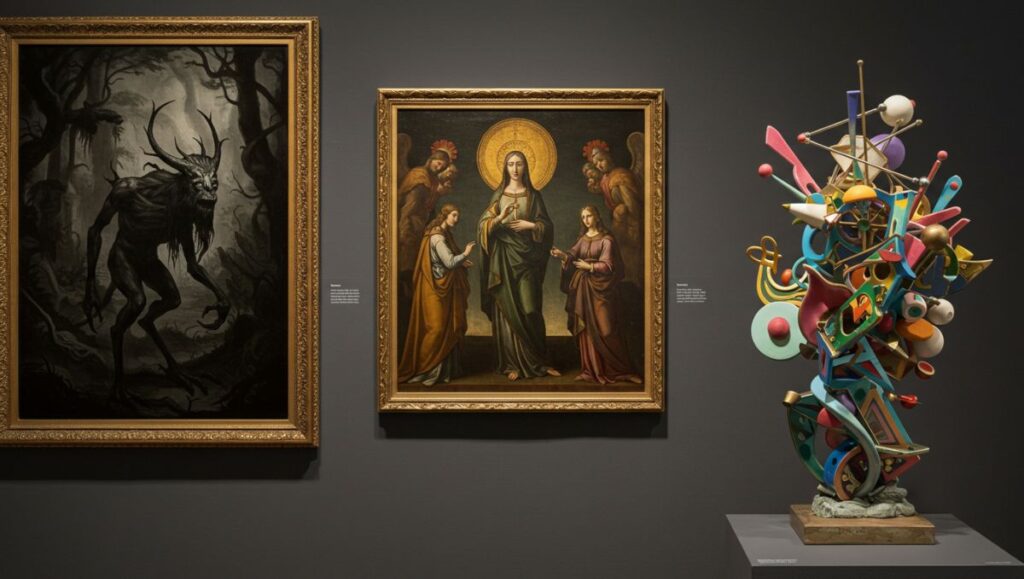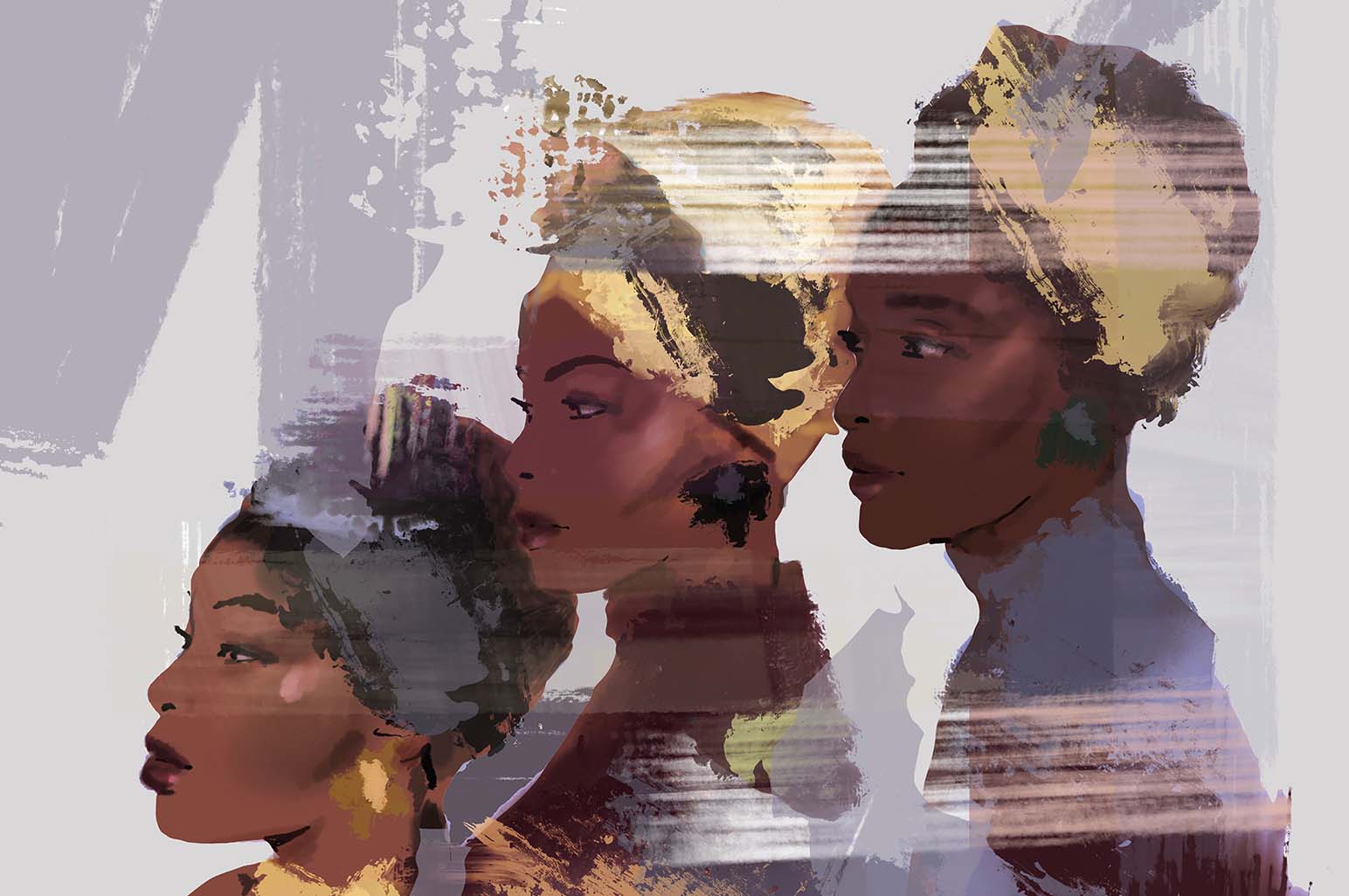The word Korpenpelloz has begun circulating in the world of contemporary art and culture, raising questions about what it represents and why it matters. For those searching to understand its meaning, it refers not only to a conceptual artistic idea but also to a symbolic framework that challenges how we see creativity, tradition, and identity. In the first place, Korpenpelloz is not a single art form or movement it is better described as a living narrative that connects history, imagination, and cultural symbols into something visually and emotionally compelling.
In the following article, we will explore Korpenpelloz in detail its definition, interpretations, role in the art world, and its growing presence in creative spaces. By the end, you will see how this concept continues to influence modern artists, reshape cultural storytelling, and spark new forms of creative innovation.
Korpenpelloz in Art
Korpenpelloz can be described as a fusion of symbolism and experimental creativity. It often refers to works that layer hidden meaning, spiritual motifs, or cultural echoes into visual or performance-based art. Unlike straightforward styles, Korpenpelloz demands interpretation.For some critics, it reflects the search for identity in fragmented societies. For others, it is a visual metaphor for transformation, combining familiar and surreal elements to reveal deeper truths about the human experience.
Core Features of Korpenpelloz in Art
| Feature | Description |
| Symbolism | Uses cultural, mythical, or abstract signs to communicate layered meaning. |
| Medium Flexibility | Can appear in paintings, installations, performance, or digital works. |
| Emotional Intensity | Often evokes strong, ambiguous feelings rather than clear narratives. |
| Cultural Reflection | Connects personal identity with collective memory and tradition. |
| Experimental Approach | Breaks away from traditional formats to engage new perspectives. |
Origins and Roots of Korpenpelloz
While its exact beginnings are debated, many trace Korpenpelloz back to European avant-garde traditions of the 20th century, where surrealism, expressionism, and experimental performance began reshaping the boundaries of art. The word itself suggests echoes of “corvid” (raven-like symbolism) and “pellos” (a skin or covering), reinforcing its mysterious and layered nature.In this sense, Korpenpelloz is not a defined school of art, but rather a mode of thinking and creating an artistic behavior rather than a fixed style. It allows the artist to bring in heritage, myth, technology, and raw imagination without being locked into a single framework.
Symbolism Within Korpenpelloz
At its heart, Korpenpelloz thrives on symbolism. Artists use this framework to communicate beyond language, often embedding visual codes that require interpretation. Common symbolic elements include:
- Birds or wings: Signifying freedom, transition, or spiritual passage.
- Layers of masks or skin: Representing identity, transformation, or concealment.
- Geometric fractures: Suggesting chaos, memory fragments, or digital mediation.
- Dark vs. luminous contrasts: Highlighting tension between despair and hope.
This makes Korpenpelloz not simply about aesthetics but about storytelling through symbols that ask the viewer to look twice.
Korpenpelloz in Contemporary Visual Art
Modern artists, particularly in Europe, Asia, and Latin America, are increasingly weaving Korpenpelloz-inspired approaches into their exhibitions. Galleries have seen works that combine painted mythological imagery with digital projections, or sculptures that transform with light and shadow to reveal hidden forms.What makes Korpenpelloz effective in today’s art is its ability to bridge tradition with modernity. In a digital age saturated with fast, superficial images, audiences crave depth. Korpenpelloz delivers depth requiring attention, patience, and imagination.
Korpenpelloz in Performance and Installation
The influence extends beyond canvas or sculpture. Performance artists are integrating Korpenpelloz into live acts where masks, layered costumes, and symbolic gestures evoke transformation. Installations often immerse visitors in multi-sensory environments that reflect themes of identity, migration, and cultural fragmentation.For example, an installation might feature mirrored walls with shifting projections of ancestral symbols that invite visitors to step into the narrative themselves. Here, the audience becomes part of Korpenpelloz, blurring lines between observer and participant.
Digital and Virtual Adaptations
As art increasingly enters virtual galleries and metaverse spaces, Korpenpelloz adapts naturally. Digital artists experiment with AI-generated textures, VR experiences, and interactive platforms where the audience can manipulate symbols in real time.This expansion proves Korpenpelloz is not tied to traditional mediums it is an idea that thrives in both tangible and virtual environments.
Cultural Relevance of Korpenpelloz
Korpenpelloz resonates strongly in societies undergoing cultural change. Whether through migration, identity struggles, or global interconnectedness, people are searching for frameworks that express both individual experience and collective memory.Art critics argue that Korpenpelloz has become a mirror for contemporary anxieties the uncertainty of the digital era, the longing for roots, and the blurred boundary between authenticity and performance.

Comparing Korpenpelloz with Other Artistic Approaches
To understand Korpenpelloz better, it helps to compare it with established movements.
Table: Comparison of Korpenpelloz with Other Art Forms
| Movement/Style | Core Idea | How Korpenpelloz Differs |
| Surrealism | Dream imagery, subconscious focus | Less dreamlike, more symbolic and layered in identity. |
| Expressionism | Emotions via distortion | Uses symbols more than distortion of form. |
| Minimalism | Simplicity, reduced form | Opposite—rich, layered, often intentionally complex. |
| Postmodernism | Irony, cultural critique | Shares critique but adds mythological and symbolic depth. |
Why Korpenpelloz Matters Today
Korpenpelloz is not just another artistic buzzword. It matters because it pushes us to slow down and look deeper. In an era dominated by algorithm-driven media, the richness of Korpenpelloz reminds us that art can still be mysterious, layered, and demanding of thought.For artists, it provides a flexible framework that allows experimentation without losing cultural grounding. For audiences, it offers an experience of wonder and discovery.
The Future of Korpenpelloz in Art
Looking forward, Korpenpelloz will likely gain stronger footing as a cross-cultural phenomenon. With the rise of digital platforms, it may evolve into interactive symbolic art, where global audiences participate in shaping evolving narratives.Moreover, as the world grapples with climate change, social fragmentation, and technological acceleration, the symbolic depth of Korpenpelloz may become even more relevant. Artists will use it to navigate uncertainty and reflect the shifting meaning of human experience.
Conclusion
Korpenpelloz is both a mystery and a mirror. It embodies the complexity of modern life while drawing from ancient traditions of symbolism. From visual art to performance, installations to digital media, it continues to expand its influence.What makes Korpenpelloz remarkable is its refusal to be simplified. It invites participation, requires interpretation, and rewards those willing to dive deeper into its layers. As art evolves, Korpenpelloz stands as a reminder that meaning is not always on the surface it is found in the shadows, symbols, and silences between.
FAQs
1. What does Korpenpelloz represent in the field of art?
Korpenpelloz symbolizes a fusion of visual abstraction and cultural memory, offering artists a lens to express layered identities.
2. Is Korpenpelloz a specific art style or a broader movement?
It is less a fixed style and more a conceptual movement, allowing flexibility in interpretation across mediums.
3. How do artists incorporate Korpenpelloz into their work?
Many use contrasting textures, symbolic imagery, and unconventional techniques to evoke complexity, mystery, and layered meanings.
4. Why is Korpenpelloz gaining attention in modern art discussions?
Its adaptability to digital art, performance, and installation pieces makes it relevant for contemporary cultural and artistic narratives.
5. Can Korpenpelloz be applied beyond fine art?
Yes, its principles influence design, architecture, and even fashion, highlighting its cross-disciplinary artistic potential.

